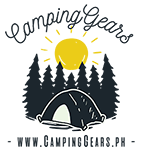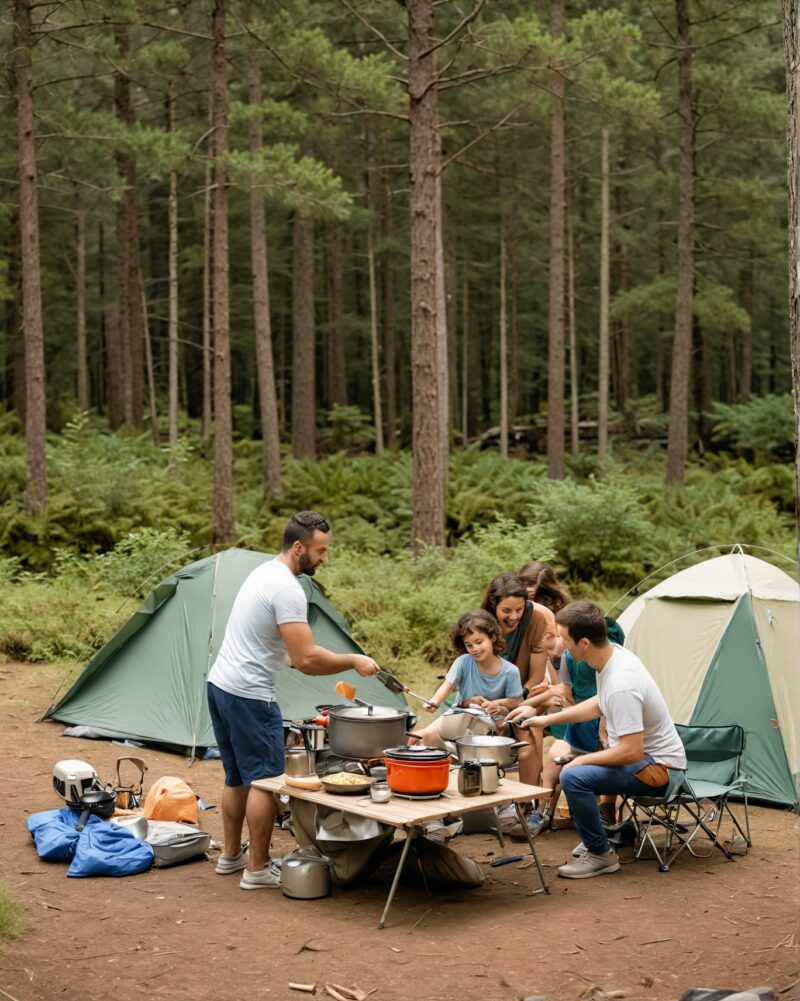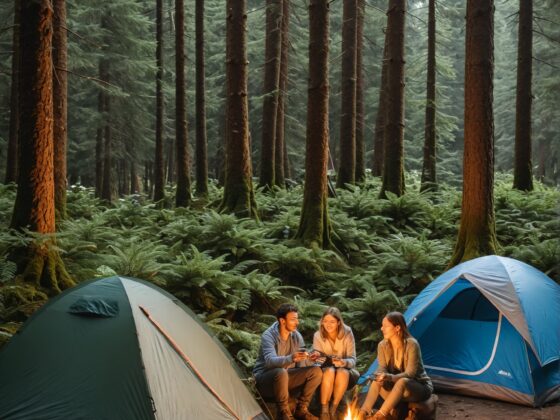Foraging is the practice of searching for and collecting edible wild plants, fungi, and other natural foods in one’s natural environment. When camping, foraging can provide a unique and sustainable way to source ingredients for your meals, allowing you to connect with the land and explore the bounty of nature. Cooking with these wild-harvested ingredients takes campfire cuisine to new heights, elevating the outdoor dining experience.
Foraging requires keen observation, knowledge of edible species, and responsible harvesting practices. It’s not just about finding free food – it’s about developing a deeper appreciation for the natural world and the nourishment it can provide. By incorporating foraged items into your camp cooking repertoire, you can create delicious, nutrient-dense meals that are a true reflection of your surroundings.
Benefits of Foraging and Cooking with Wild Food While Camping
- Sustainability: Foraging promotes the sustainable use of natural resources, reducing your reliance on store-bought ingredients and minimizing your environmental impact while camping.
- Nutrient-Dense Meals: Wild-harvested foods often contain higher concentrations of vitamins, minerals, and antioxidants compared to their cultivated counterparts, providing a nutritional boost to your camp meals.
- Culinary Adventure: Exploring and cooking with unfamiliar wild ingredients can spark your creativity, leading to unique and flavorful dishes that elevate the camping experience.
- Connection to Nature: Foraging encourages a deeper connection with the natural world, allowing you to better understand the ecosystems and seasonal cycles that provide the ingredients for your meals.
- Self-Reliance: The skills and knowledge gained through foraging and wild cooking can foster a greater sense of self-reliance and resilience, both in the wilderness and in everyday life.
Safety Tips for Foraging in the Wilderness
Foraging in the wild requires caution and a thorough understanding of edible and non-edible species. Follow these safety tips to ensure a safe and responsible foraging experience:
- Identification: Familiarize yourself with the local edible plants, fungi, and other wild foods before your camping trip. Use field guides, online resources, or consult with local experts to ensure accurate identification.
- Avoid Contamination: Steer clear of areas that may be polluted, such as roadsides, industrial sites, or areas with heavy pesticide use. Wash all foraged items thoroughly before consuming.
- Sustainable Harvesting: Collect only a small portion of the available wild resources, leaving the rest to ensure the continued growth and reproduction of the species.
- Consult Regulations: Check with local authorities or land management agencies to understand any regulations or restrictions on foraging in the area where you’ll be camping.
- Start Small: If you’re new to foraging, begin by adding small amounts of wild ingredients to your meals, gradually increasing the quantity as you become more experienced.
Essential Tools and Equipment for Foraging and Cooking in the Wild
Equipping yourself with the right tools and gear can make your foraging and wild cooking adventures more efficient and enjoyable. While you may consider having a portable power station such as an Ecoflow River Pro to power your tools, packing the following items will make cooking in the wild easier:
- Field Guide: A comprehensive field guide to local edible plants, fungi, and other wild foods.
- Foraging Basket or Bag: A sturdy container to collect your foraged items.
- Knife or Pruning Shears: For carefully harvesting wild plants and fungi.
- Portable Camping Stove: To prepare your wild-harvested meals in the great outdoors.
- Cookware: Lightweight and durable pots, pans, and utensils suitable for campfire cooking.
- Water Filter or Purifier: To ensure a clean and safe water source for cooking and cleaning.
- First Aid Kit: In case of any cuts, scrapes, or other minor injuries during foraging.
Cooking Techniques for Wild Food While Camping
Cooking with wild-harvested ingredients in the wilderness requires some adaptations to traditional kitchen methods. Here are some effective camp cookout tips for preparing delicious meals using foraged foods:
- Campfire Cooking: Mastering the art of campfire cooking is essential for wild cuisine. Use a grill grate, Dutch oven, or aluminum foil packets to cook your foraged ingredients over the open flame.
- No-Cook Recipes: Some wild foods, such as certain greens, berries, and nuts, can be enjoyed raw, making them perfect for no-cook recipe camp meals. Combine them with shelf-stable items like dried fruit, granola, or nut butters.
- Dehydrating: Preserve the bounty of your foraging by dehydrating wild fruits, vegetables, and mushrooms. Rehydrate them in soups, stews, or as standalone snacks.
- Fermentation: Explore the world of wild fermentation by creating pickles, sauerkraut, or even wild-crafted sodas using foraged ingredients.
- Infusions and Tinctures: Craft herbal infusions, teas, and tinctures using wild-harvested leaves, roots, and flowers to enhance your camp cuisine and promote overall wellness.
Delicious Recipes Using Wild Ingredients
Incorporating foraged items into your camp cooking can result in some truly remarkable and flavorful dishes. Here are a few examples:
- Dandelion and Wild Greens Salad: Toss together a mix of foraged dandelion greens, chickweed, and other wild edible leaves. Dress with a tangy vinaigrette and top with toasted pine nuts and dried berries.
- Nettle and Mushroom Frittata: Sauté wild-harvested nettles and foraged mushrooms, then bake them into a fluffy, protein-packed frittata over the campfire.
- Elderberry and Rosehip Compote: Simmer wild-picked elderberries and rosehips with a touch of honey or maple syrup for a sweet and tart topping on your morning oatmeal or pancakes.
- Spruce Tip and Wild Mint Tea: Steep the fresh, fragrant tips of spruce trees and wild mint leaves in hot water for a soothing and rejuvenating herbal tea.
- Acorn Flour Flatbread: Grind foraged acorns into a flour and use it to make nutrient-dense flatbreads, baked over the campfire or on a cast-iron skillet.
Elevate your next camping adventure by incorporating the bounty of nature into your meals. Explore our selection of no-cook recipes and camp cookout tips to inspire your wilderness gourmet experience. Let’s dive into the world of foraging and wild cooking together!
Conclusion
Foraging and cooking with wild food while camping offers a truly unique and rewarding outdoor experience. By connecting with the land, sourcing sustainable ingredients, and honing your culinary skills in the wilderness, you can elevate your camp cuisine to new heights. Remember to always prioritize safety, respect the environment, and savor the delicious flavors of the natural world. Embrace the wilderness gourmet lifestyle and let your next camping adventure be a true feast for the senses.



